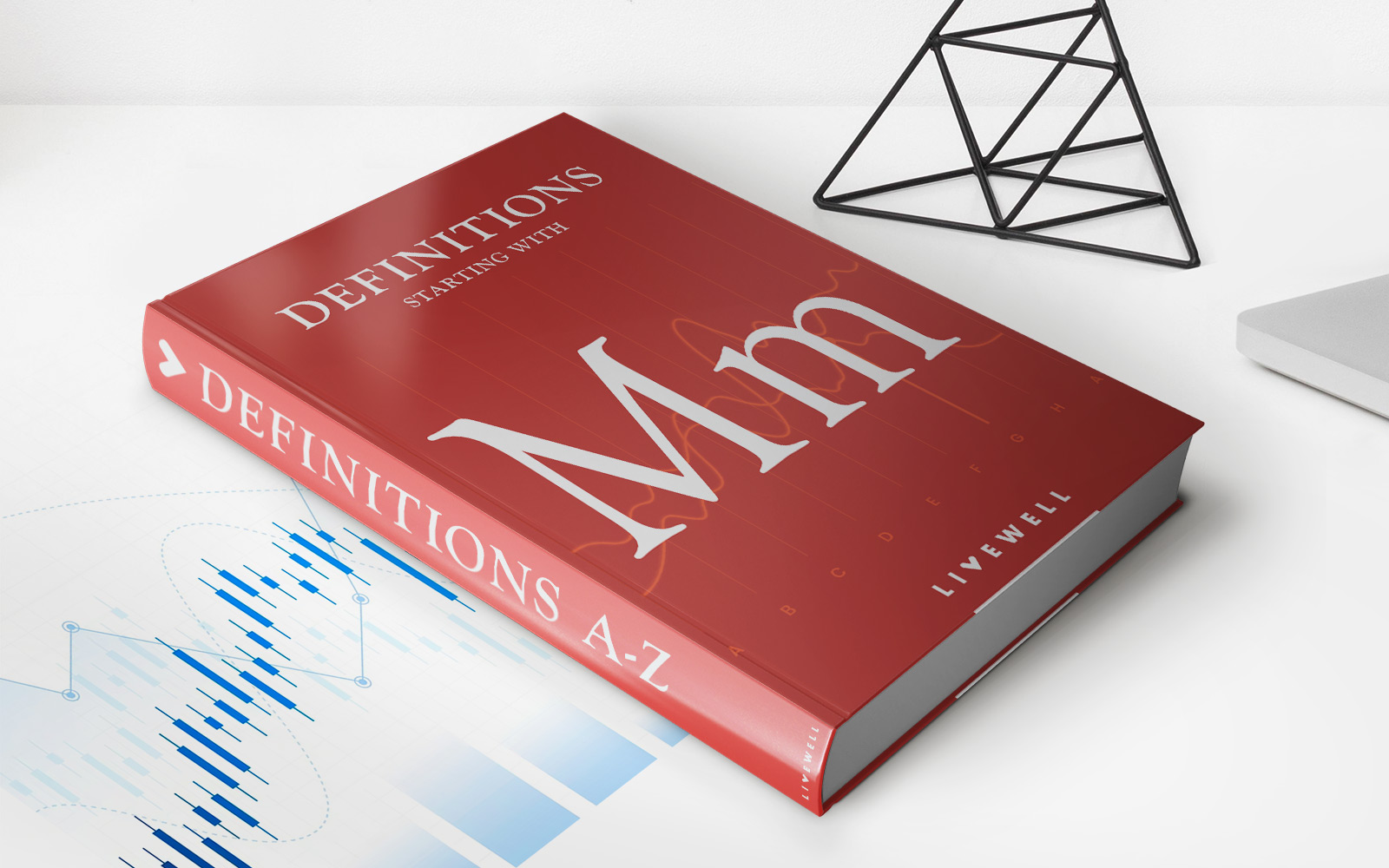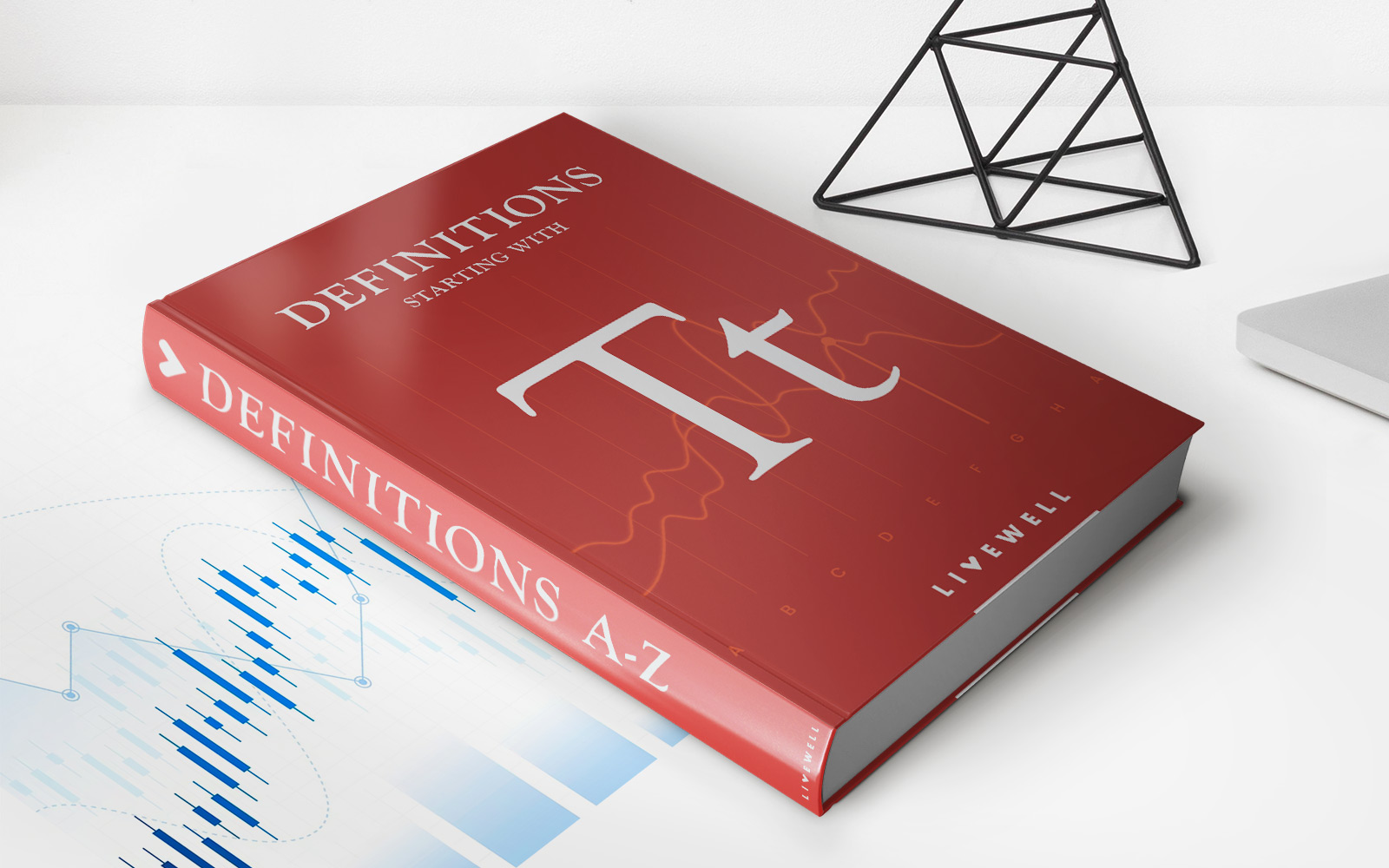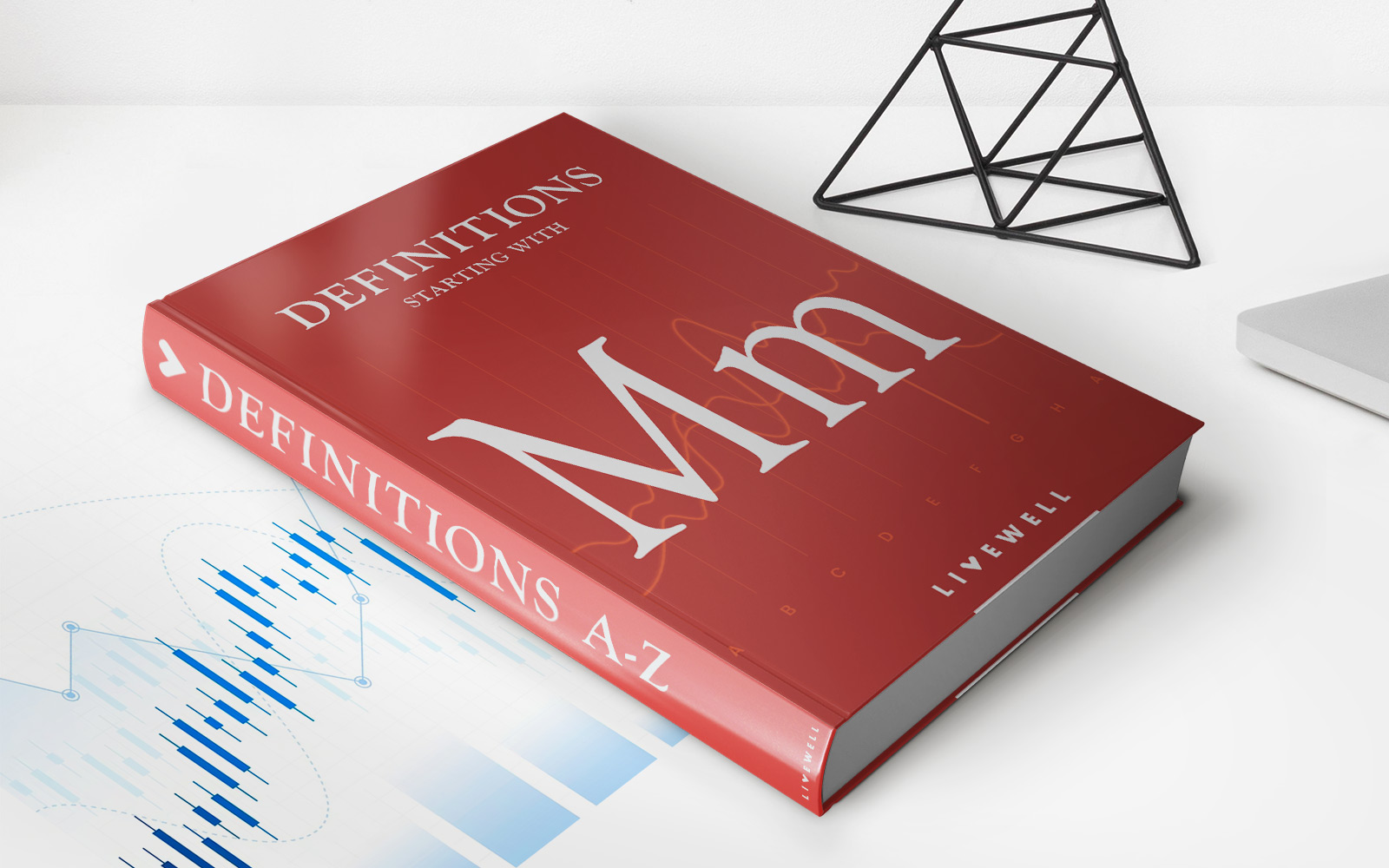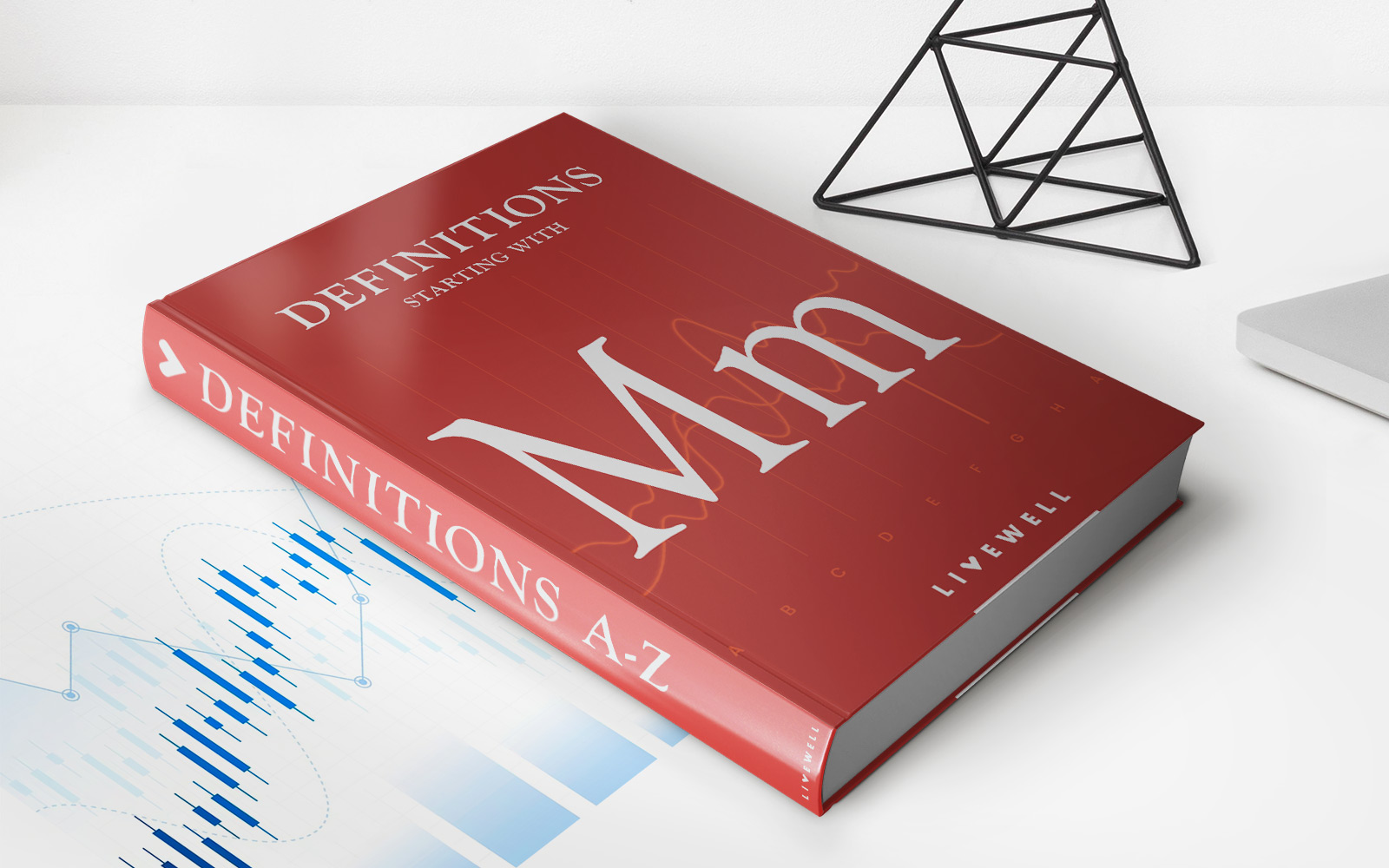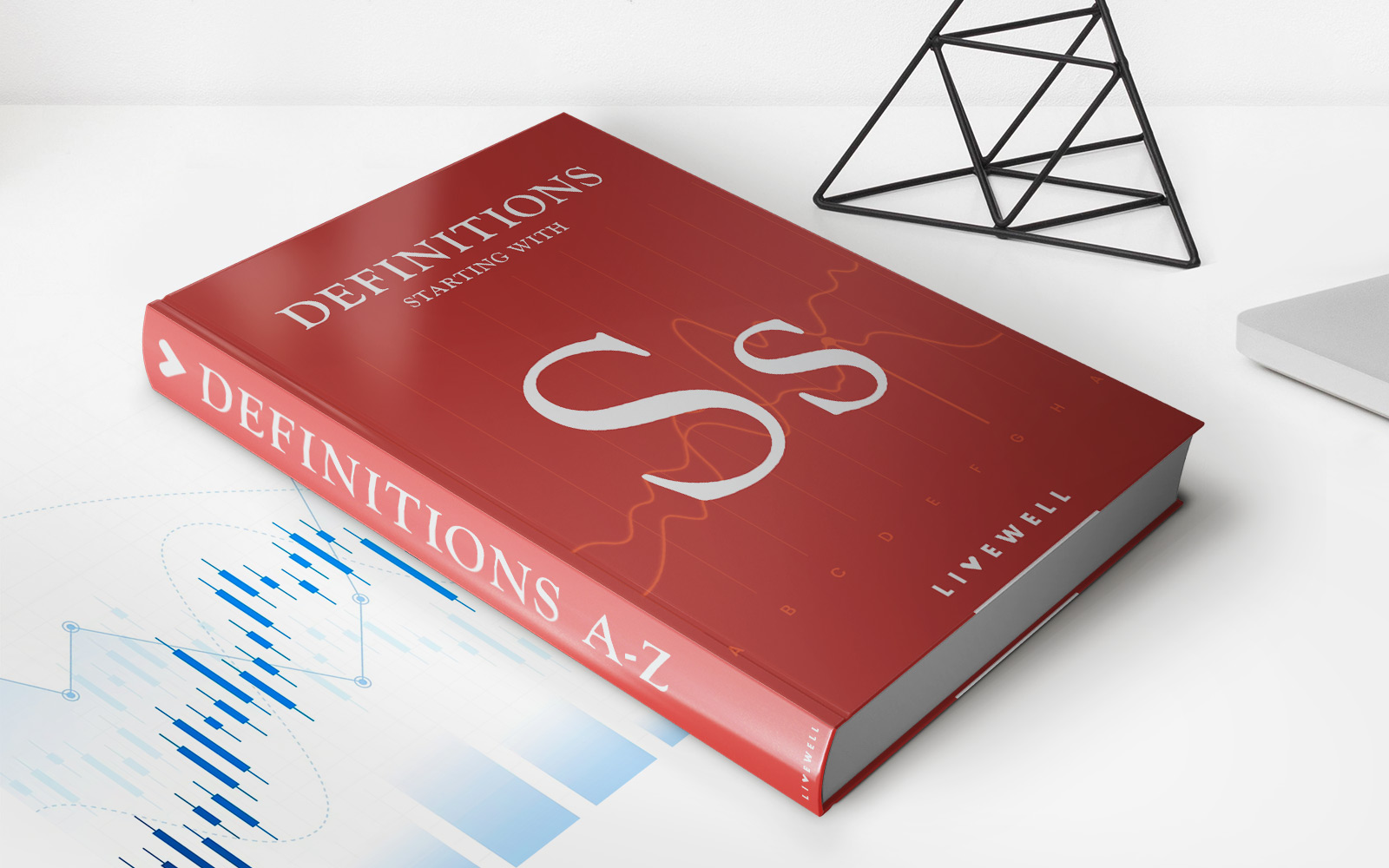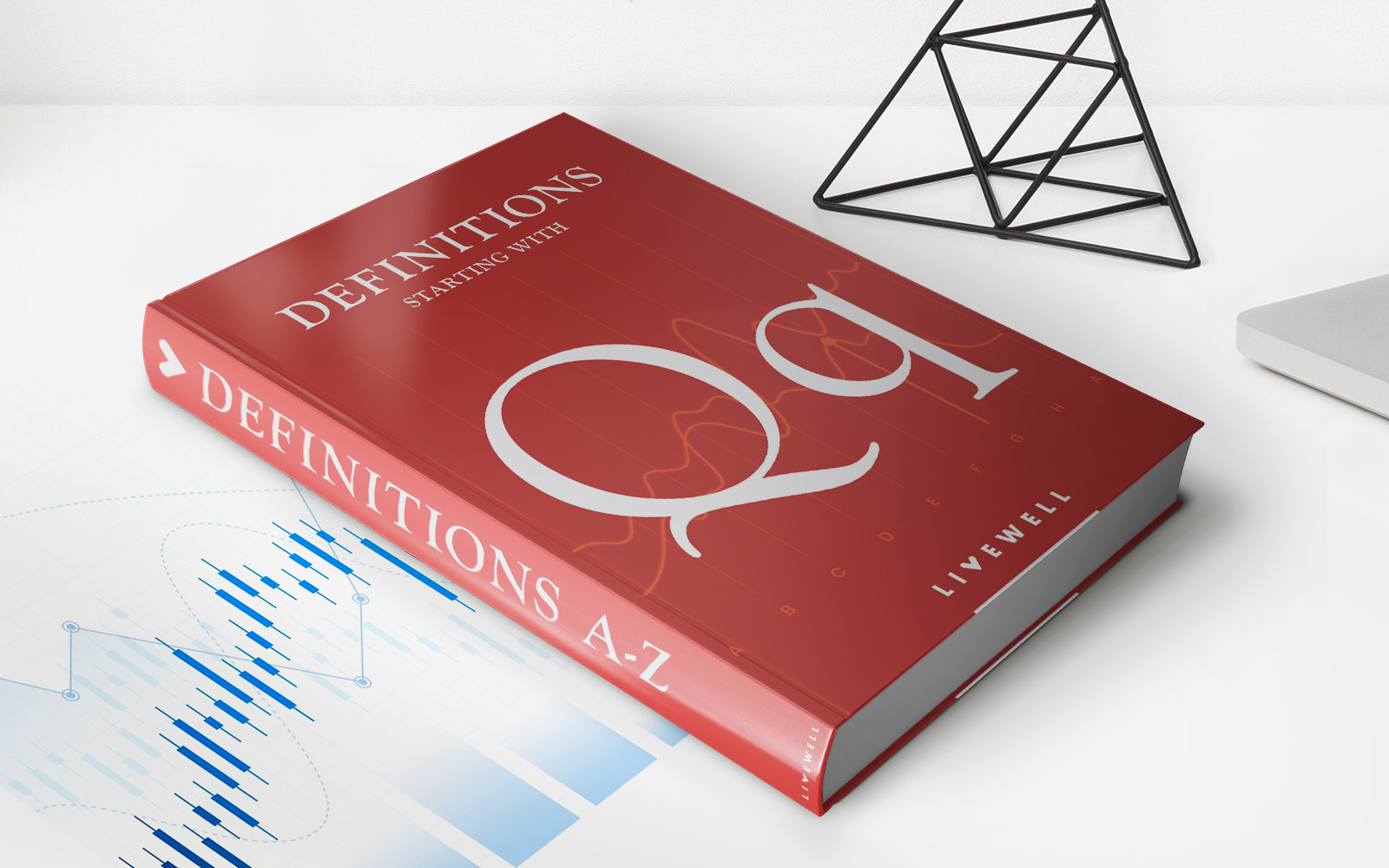Home>Finance>Market Standoff Agreement Definition And Example


Finance
Market Standoff Agreement Definition And Example
Published: December 23, 2023
Discover the definition and example of a market standoff agreement in the field of finance. Learn how this agreement can impact the financial market and investor behavior.
(Many of the links in this article redirect to a specific reviewed product. Your purchase of these products through affiliate links helps to generate commission for LiveWell, at no extra cost. Learn more)
Understanding Market Standoff Agreement: Definition and Example
When it comes to navigating the world of finance, it’s important to understand the various agreements and contracts that play a role in the market. One such agreement is the Market Standoff Agreement. In this blog post, we will define what a Market Standoff Agreement is and provide an example to help you grasp its significance.
Key Takeaways:
- A Market Standoff Agreement is a contractual obligation that restricts insiders, such as officers, directors, and major shareholders, from selling their shares of a company after its initial public offering (IPO).
- This restriction is typically enforced for a specified period, usually 180 days, to prevent sudden sell-offs that may impact the company’s stock price negatively.
What is a Market Standoff Agreement?
A Market Standoff Agreement is a legally binding contract between a company and its insiders, such as executives, directors, and major shareholders, that sets a restriction on their ability to sell their shares of the company for a specified period of time after its initial public offering (IPO).
The purpose of this agreement is to maintain stability in the financial markets by preventing sudden sell-offs by insiders, which could potentially lead to a drop in the company’s stock price. By restricting the sale of shares, the agreement ensures that the market remains balanced and prevents any undesirable impact on the company’s valuation.
Typically, a Market Standoff Agreement is enforced for a period of 180 days, although the specific duration may vary depending on the terms negotiated between the company and its insiders. During this period, the insiders are required to hold on to their shares and refrain from selling them on the open market. This commitment helps to demonstrate their confidence in the company’s prospects and maintain investor trust.
Example of a Market Standoff Agreement
Let’s consider a hypothetical scenario to illustrate how a Market Standoff Agreement works:
XYZ Corporation, a technology company, announces its plans for an IPO. As part of the preparation for going public, the company enters into a Market Standoff Agreement with its executives and major shareholders. The agreement stipulates that these insiders will be prohibited from selling their shares for 180 days following the IPO.
Once the IPO is successfully completed, the executives and major shareholders must adhere to the terms of the Market Standoff Agreement and refrain from selling their shares on the public market. They can still exercise their shares and convert them to cash, but they are not allowed to trade them on the open market.
By imposing this restriction, XYZ Corporation ensures that there is no sudden flood of shares in the market, which could negatively impact the stock price. It also helps to build investor confidence as it shows that the insiders are committed to the long-term success of the company.
In Conclusion
The Market Standoff Agreement is an essential component of the IPO process, designed to maintain stability in the financial markets and protect the value of a company’s stock. By imposing a restriction on insiders’ ability to sell their shares for a specified period, this agreement helps to instill investor confidence and prevent significant fluctuations in stock prices. Understanding the role and implications of a Market Standoff Agreement is crucial for anyone navigating the world of finance.
